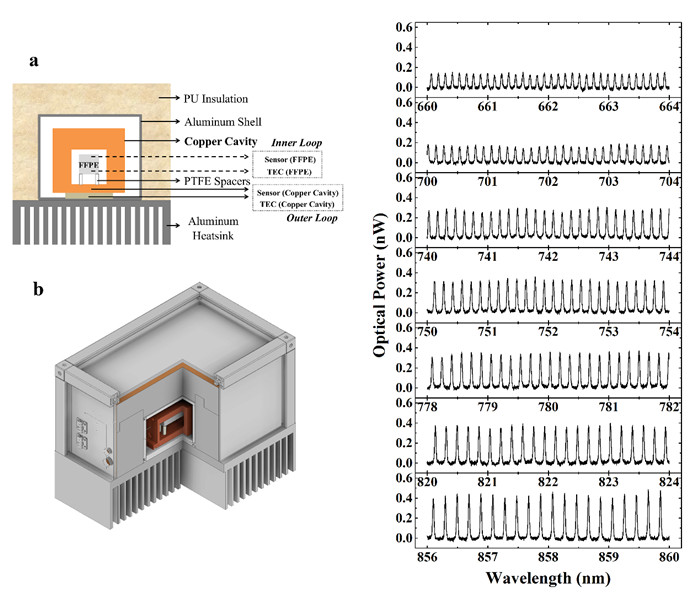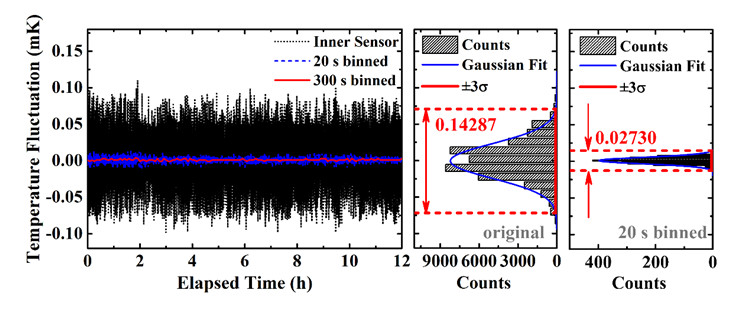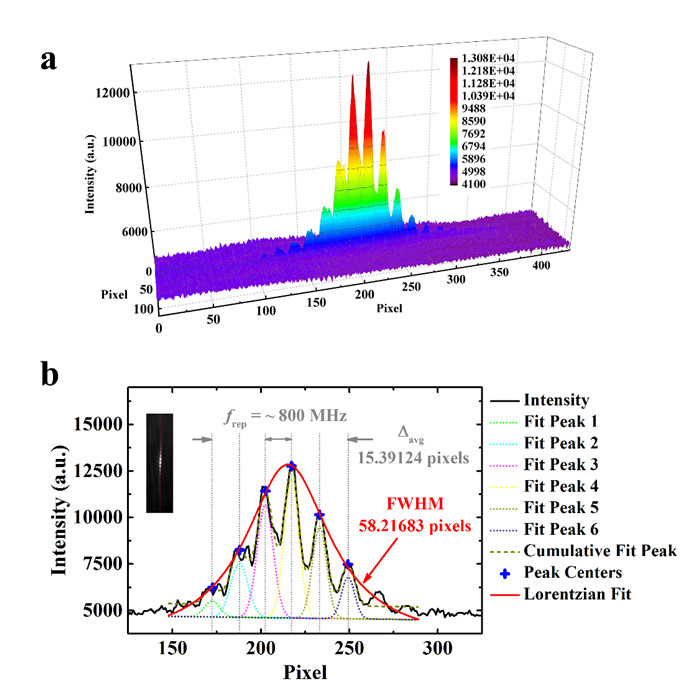Astrophotonics is an emerging cross-disciplinary research field that aims at developing new astronomical instruments and components with the aid of cutting-edge photonic technologies such that better instrumental performance can be achieved at a lower cost and with a much smaller footprint.
With recent advancements, many astrophotonic devices have already demonstrated their application potential in various state-of-the-art projects, such as photonic lanterns, photonic beam combiners, photonic interferometers, photonic spectrographs, OH-suppression filters, and coronagraphs.
On 1 July 2021, an Astrophotonics joint feature issue with Applied Optics and the Journal of the Optical Society of America B containing more than 20 research articles covering different research frontiers was published. In this issue, the research team led by Prof. Xiao Dong at NIAOT reported their design and characterization of a thermally stabilized fiber Fabry–Perot etalon as a wavelength calibrator for high-precision spectroscopy (https://doi.org/10.1364/AO.417586).
The team developed a fiber Fabry–Perot etalon-based calibrator system that is insensitive to environmental temperature perturbation and aimed as a reference for 1 m /s precision radial velocity (RV) measurements.
Also known as extreme-precision Doppler spectroscopy, such technique is one of the most essential tools for extrasolar planet studies. With a compact size, this calibration system bears the advantages of spectral coverage flexibility, excellent long-term stability, insensitivity to external thermal disruptions, and low cost.
The article introduced the design and characterization methods of the fiber Fabry-Perot calibrator, the realization of sub-millikelvin temperature fluctuation control, and a simple method for estimating the fineness of Fabry-Perot cavity with the help of laser frequency comb and VIPA. The system covers an operational spectrum range of 660-860 nm, has a free spectrum range of 0.162 nm and an estimated finesse of >26.7 at 780 nm.
During a 12-day continuous lab test, stable thermal performance of about 0.15 mK fluctuation per night is achieved, which in theory would meet the requirements for achieving calibration precision of 1 m/s RV detection.
This research is funded by the National Natural Science Foundation of China (11903060, 11727806); China Postdoctoral Science Foundation (2020M671638); Jiangsu Planned Projects for Postdoctoral Research Funds; and the Operation, Maintenance and Upgrading Fund for Astronomical Telescopes and Facility Instruments, budgeted from the Ministry of Finance of China (MOF) and administrated by the Chinese Academy of Sciences (CAS).

Design schematics of the core calibration system (left) and sample working spectrum (right).

Thermal fluctuations (1 s sampling interval) of the FFPE during a 12 h operation run (1 night).

VIPA measurement and estimation of the finesse of a single transmitted peak (with 800 MHz LFC as the input): 3D contour plot (upper) and profile along the center vertical line (lower).